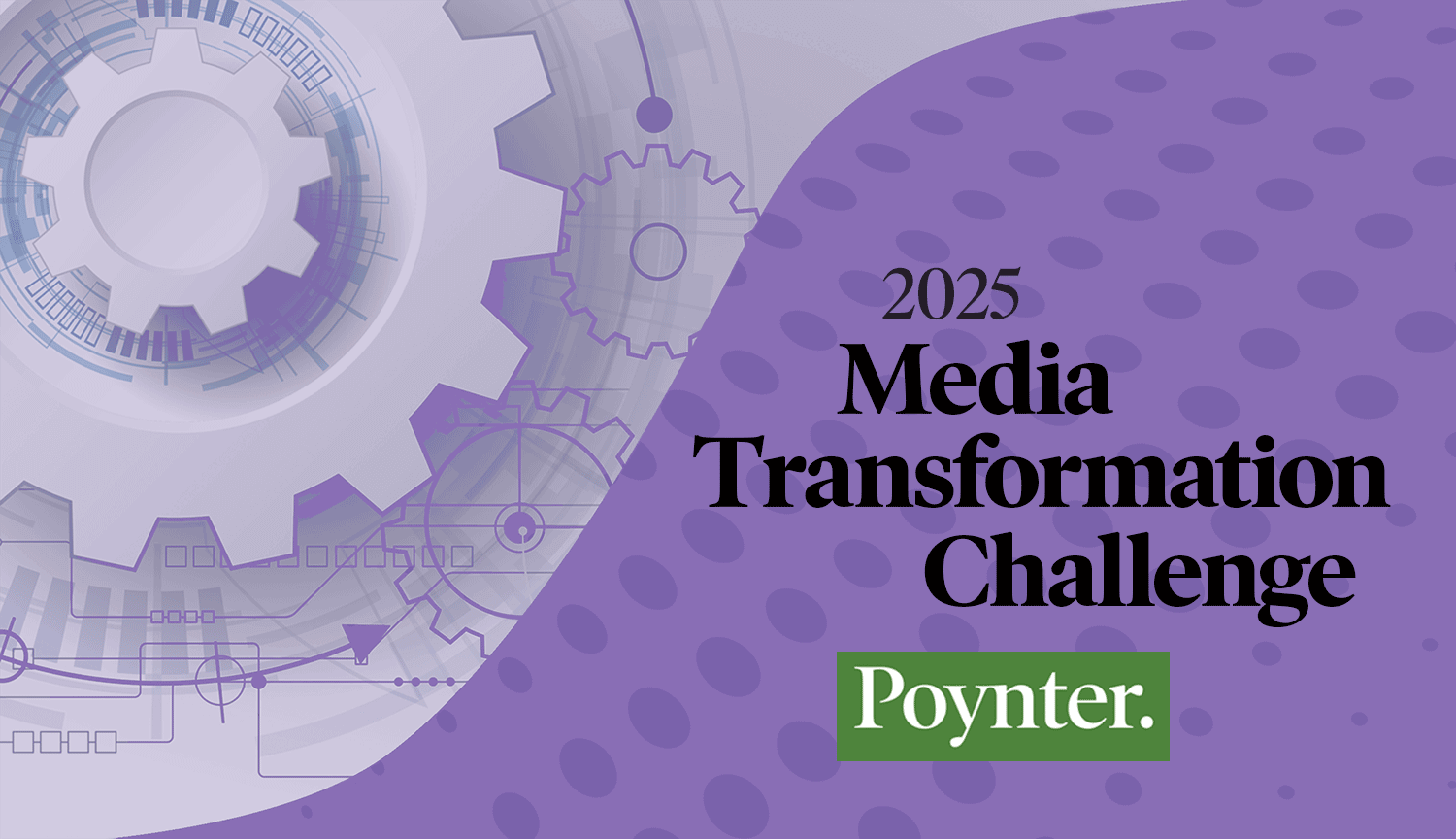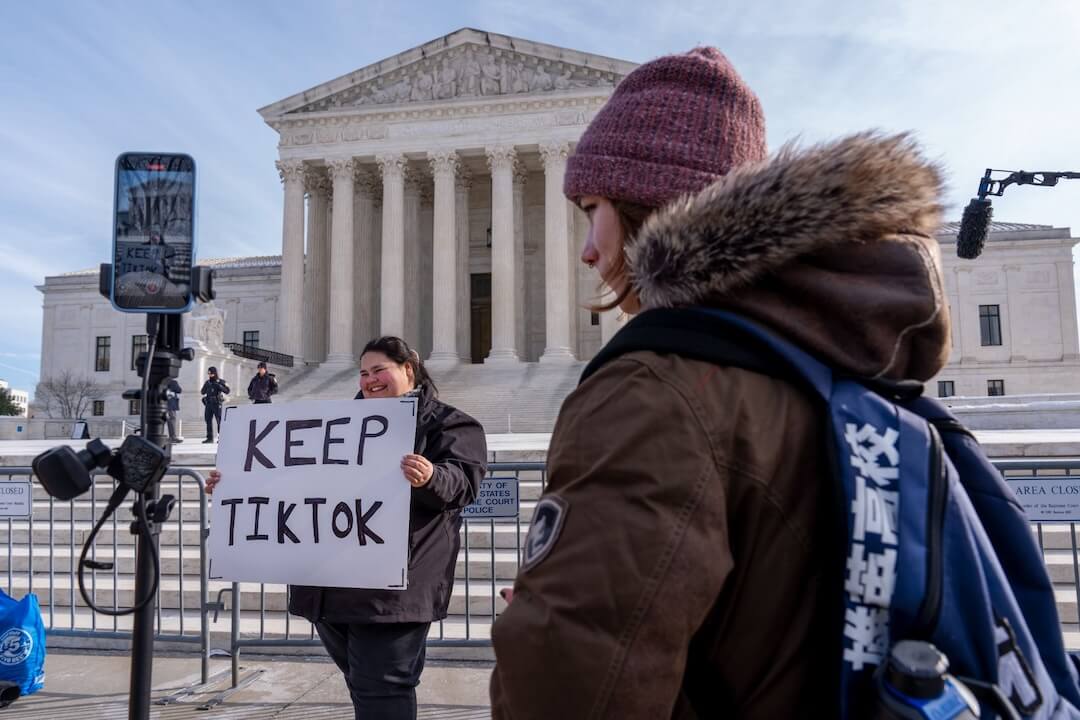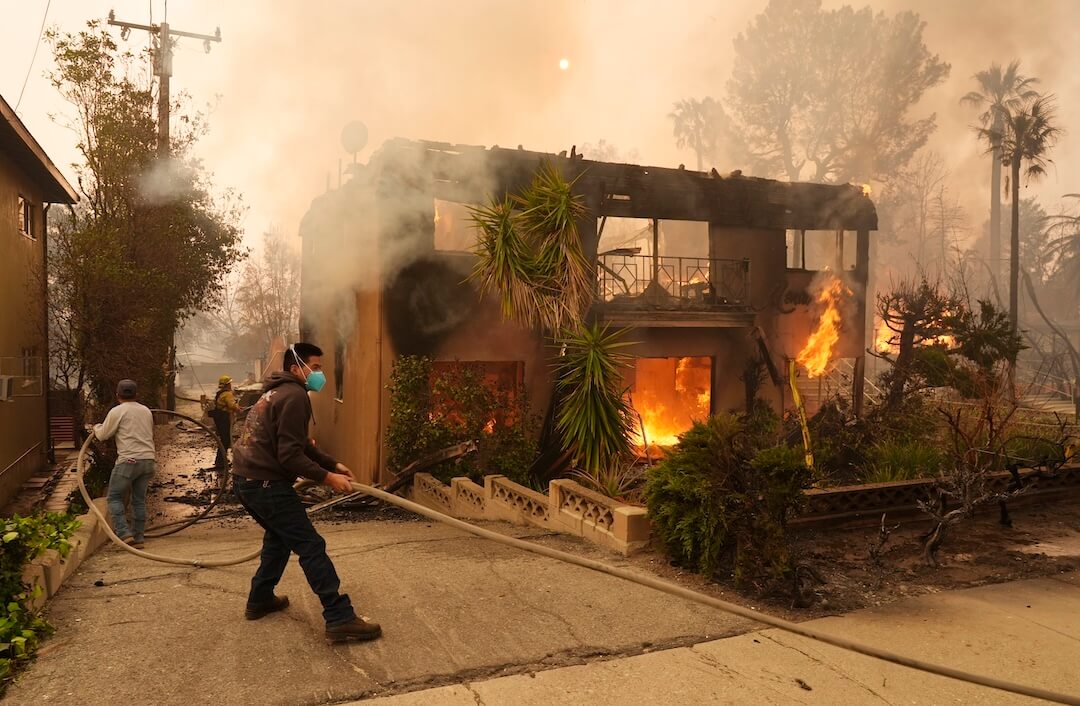The official burial for MyTopiaCafe.com will be on July 1, 2009. That’s the day the hyperlocal site for the Daytona Beach News-Journal will be defunct, dead, killed or otherwise terminated for future use. It goes the way of several other hyperlocal efforts by legacy media organizations that fielded development teams, grew the technologies, reshuffled employees, then downsized development teams or left the community to run the machinery.
The site was launched in the fall of 2007 and had a following of more than 3,000 users. I was part of the development team and as its managing editor helped pump life into the site (see “Building an Online Community Like a Political Campaign“). But even I knew the site was terminal. Several key decisions doomed the site.
1. The site was modeled after other newspaper hyperlocal efforts. We borrowed a content management system model and functions that were popular on other sites. Yet, the project was never given the staffing it needed to support the model that it borrowed from YourHub.com or WickedLocal.com. We did not have access to the video technologies, programmers and support on the content and technology sides that could have helped demonstrate the functions we were having our users adopt.
Lesson 1: Don’t bite off more than you can chew. Build a team that includes the content folks and the technologists. Integrate the effort throughout the larger organization or they’ll constantly be monkey wrenches to dig out of the works.
2. The borrowed model was too big for a hyperlocal community. Our newspaper covered a two-county region. While we attempted to make this technology feel neighborly by breaking up the region into 12 distinct areas, we didn’t have the resources to make each of those areas robust and unique. Plus, we also tried to add communities of interest, such as gardening, moms, arts and others.
Lesson 2: Don’t try to chew more than you can swallow. Start operations in smaller geographic footprints or niches and grow the operations and technological capabilities as you gain revenue.
3. It takes time to build a community. The site was independent in operation and platform from our online news operation. We couldn’t take advantage of that cruising online audience when we had very little presence on the main news site. We had to build it through marketing and being out in the community. And anyone who has built such a site will attest that reaching that tipping point of audience and user contributions takes time and evangelizing and training and people, not just technology.
Lesson 3: Don’t start new products without being clear about startup costs and time. Consider the project an experiment in technologies and in developing new capabilities — not an immediate cash cow. For legacy media, there’s too much overhead weighing down the profit margins to turn red into black in the short term.
4. Print was still king. The newspaper advertising management didn’t know how to sell this “online community thing” as a part of the media mix without cannibalizing its cash cow. Instead, the site was sold as an add-on to the print buy instead of as a hyperlocal buy to a new market of smaller advertisers. It cost too much money to deploy a sales team for the little bit of money garnered, they reasoned. The development team was never allowed to develop the classified ads and the smaller display advertising market using automated tools instead of human door knocking.
Lesson 4: If you don’t have a sales force that knows how to sell your product, find them or train them — quickly.
5. Print was still king. (That’s not a typo.) Other hyperlocal sites had developed models that included a print component. That’s how they were able to make money. We kept delaying the rollout of a print component and struggled to integrate the content into existing print products. So the site had limited exposure in existing publications.
Lesson 5: Develop multiple revenue streams out of the box — both online and in print. Don’t knock what looks like chump change on an ordinary day. These are not ordinary times.
Despite these challenges, MyTopiaCafe.com did what we had intended — it reached nonsubscribers and offered them a soft landing place to get to know their community and the newspaper. The site worked as an excellent public relations tool, serving as the recipient of content being excised from the regular newspaper pages. And the site offered the “good news” that made our communities great, providing an alternative that often felt more real than what showed up in our newspaper’s pages.
Dr. Michelle Ferrier is an associate professor at Elon University and a former columnist and managing editor of MyTopiaCafe.com at the Daytona Beach News-Journal.





